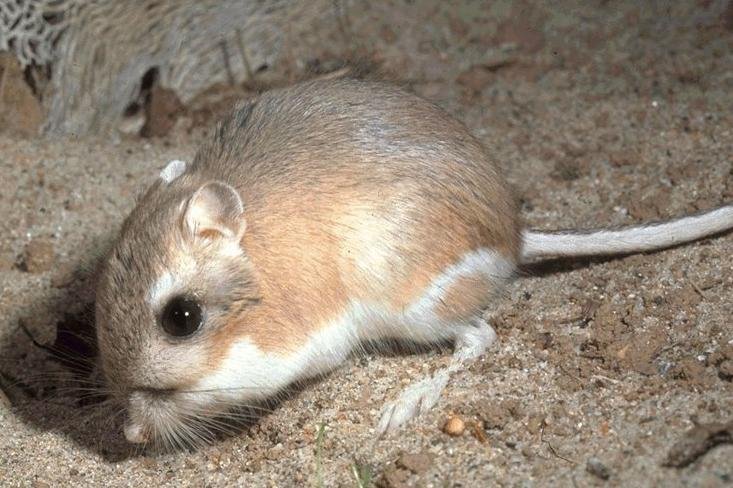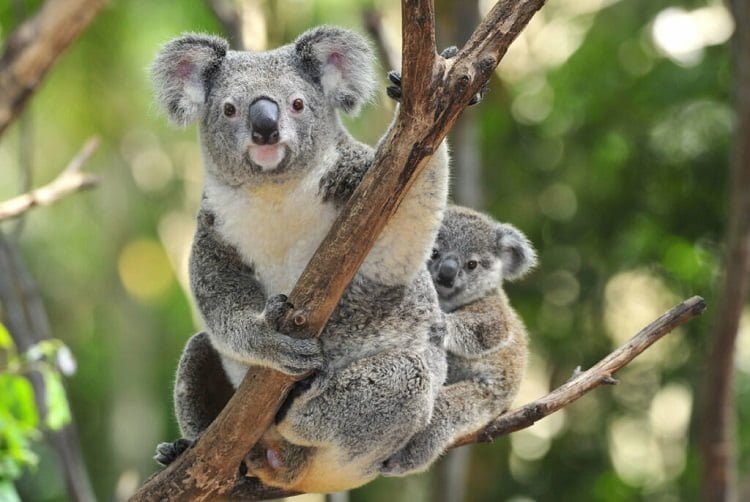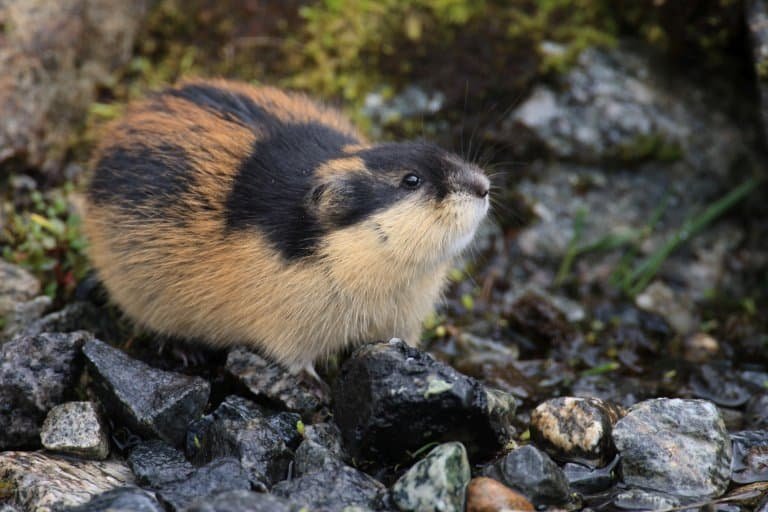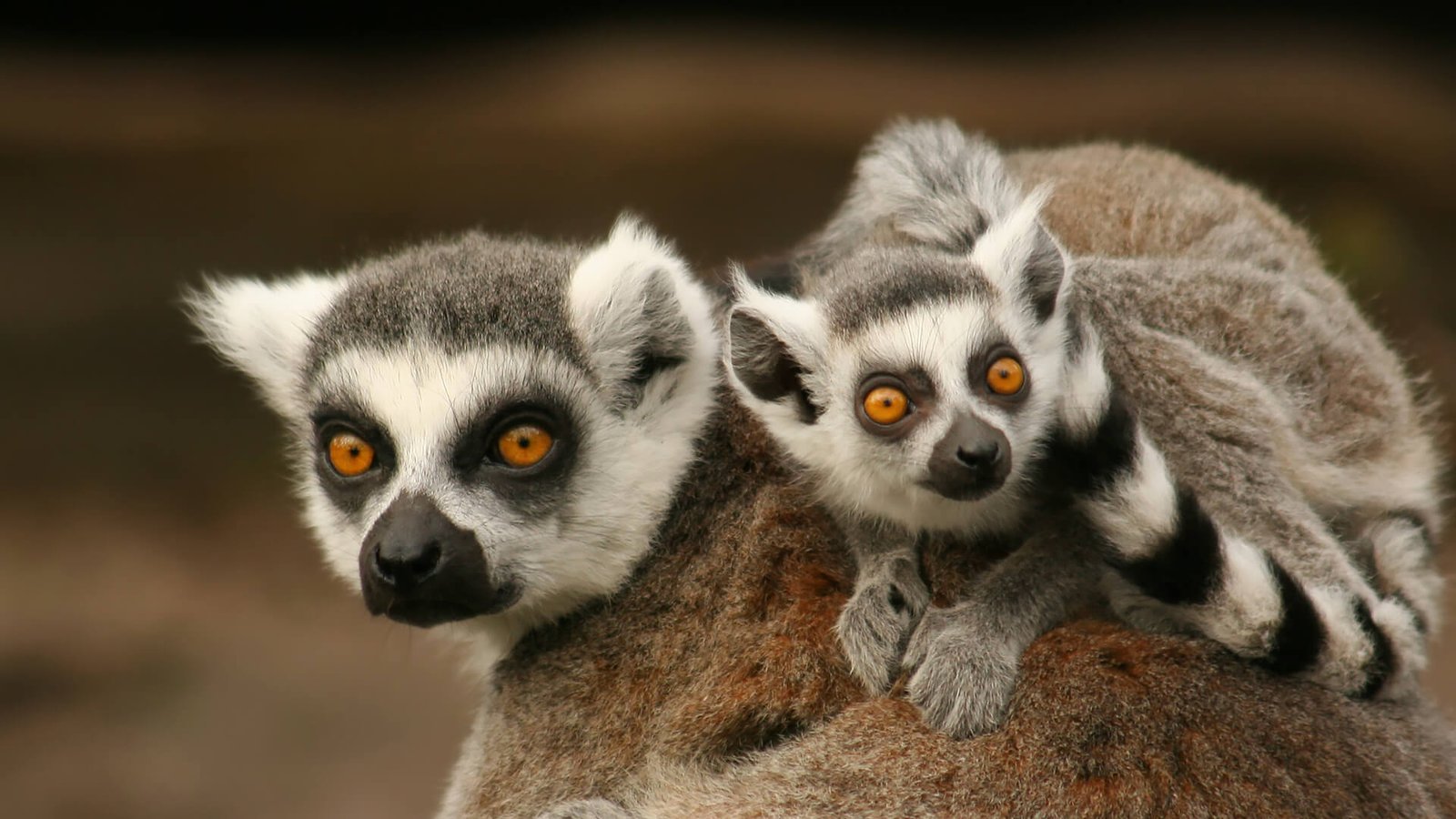Meerkat Facts, FAQs, Behaviour, Habitat and Conservation
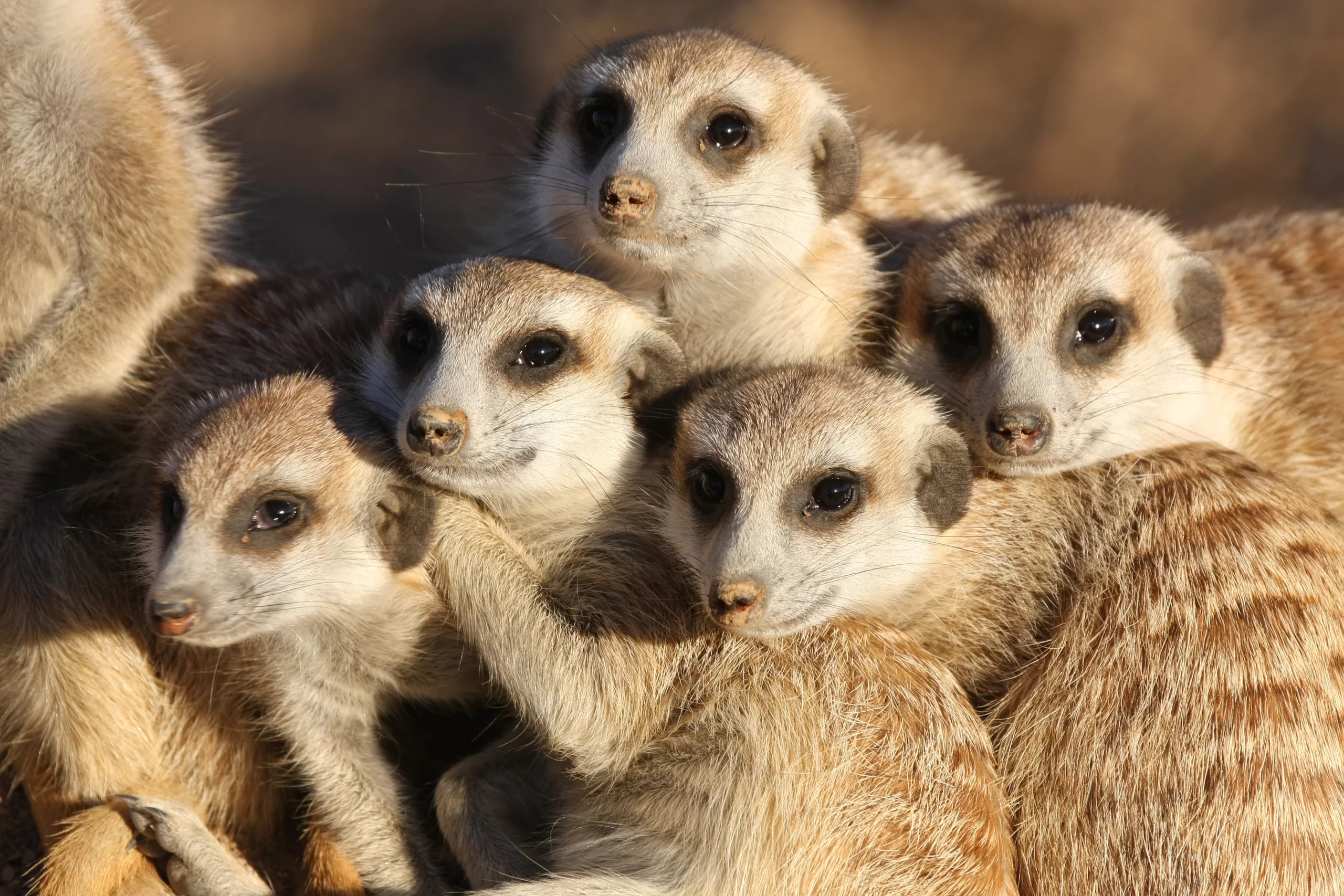
Meerkat Facts | Description | Distribution and Habitat | Conservation | Behaviour and Ecology | Interaction with Human | Cultural | Interesting facts | frequently asked questions about Meerkat
The Meerkat, scientifically known as Suricata suricatta, is a captivating mammal that inhabits the arid regions of the African savanna. With their distinctive appearance and unique social behavior, Meerkats have captured the hearts of both researchers and wildlife enthusiasts alike. Their small size, slender bodies, and characteristic upright posture make them instantly recognizable.
Taxonomy of Meerkat
| Kingdom | Animalia |
|---|---|
| Phylum | Chordata |
| Class | Mammalia |
| Order | Carnivora |
| Family | Herpestidae |
| Genus | Suricata |
| Species | Suricata suricatta |
Morphology of Meerkat
| Physical Feature | Description |
|---|---|
| Size and Weight | Meerkats are small mammals, measuring around 25-35 centimeters |
| (10-14 inches) in length and weighing between 0.5-1 kilogram | |
| (1.1-2.2 pounds) | |
| Fur Color | They have a coat of coarse, sandy-colored fur with a lighter |
| underbelly, providing effective camouflage in their environment | |
| Body Shape | Meerkats have slender bodies with a tapered tail and elongated |
| neck, topped with a small, rounded head | |
| Facial Features | They possess a pointed snout, small ears, and dark, expressive |
| eyes, aiding their keen sense of sight and smell |
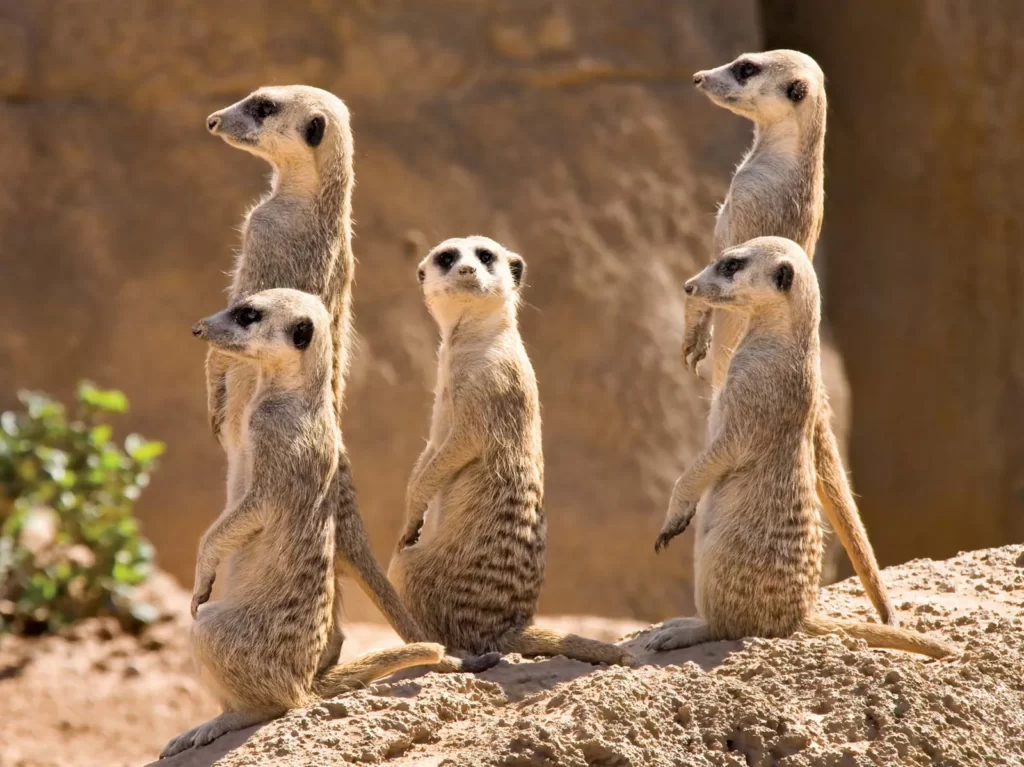
Description of Meerkat
The Meerkat, also known as the Suricate, is a small mammal native to the deserts and grasslands of southern Africa. These intriguing creatures belong to the Carnivora order and the Herpestidae family. Meerkats have an enchanting social structure, living in groups called “clans” or “mobs” consisting of up to 40 individuals.
One notable aspect of Meerkat behavior is their cooperative hunting and foraging habits. They work together in a coordinated manner to find food, using their keen sense of sight and smell to locate insects, small rodents, reptiles, and even scorpions. Their diet primarily consists of invertebrates, but they occasionally consume fruits and seeds as well.
Meerkats are diurnal, meaning they are active during the day, and spend much of their time foraging for food while keeping a lookout for potential predators. Their burrow systems, with multiple entrances and extensive tunnels, provide shelter from the scorching sun and protection from their natural enemies, which include birds of prey, snakes, and larger carnivores.
Within their social groups, Meerkats exhibit a hierarchical structure, with an alpha male and female leading the clan. Other individuals contribute to various tasks, such as babysitting, sentry duty, and teaching young Meerkats essential survival skills. These cooperative behaviors enhance their chances of survival in the challenging African wilderness.
In conclusion, the Meerkat is a captivating mammal with its unique appearance, social structure, and resourceful hunting techniques. Its sandy fur, slender body, and alert posture make it a truly remarkable sight in the African savanna. Understanding the taxonomy, morphology, and behavior of these fascinating creatures allows us to appreciate their role in the delicate ecosystem they call home.
Distribution and habitat of Meerkat
Meerkats (Suricata suricatta) are primarily found in the southern regions of Africa, including countries such as Botswana, Namibia, South Africa, and Angola. They inhabit a variety of habitats within these regions, ranging from open grasslands and savannas to semi-desert and desert areas.
These small mammals have adapted to thrive in arid environments, where they can be found in sandy and rocky terrain. Meerkats prefer areas with well-drained soils, as they construct complex burrow systems for shelter and protection. Their burrows often consist of multiple entrances and interconnected tunnels, providing a safe haven from predators and extreme temperatures.
Behaviour and Ecology of Meerkat
Meerkats are highly social animals and exhibit a complex system of behaviors within their clans or mobs. They live in cooperative family groups consisting of multiple adults and their offspring. Each group has a dominant alpha male and female, who are responsible for leading and protecting the clan.
One notable behavior of Meerkats is their cooperative foraging. They take turns acting as sentinels, standing on their hind legs and scanning the surroundings for potential threats while the rest of the group searches for food. This cooperative behavior enhances their chances of survival in the harsh African environment.
Meerkats have a varied diet, primarily consisting of insects such as beetles, spiders, scorpions, and termites. They also consume small vertebrates like lizards, snakes, and small mammals when available. Their ability to adapt to different food sources is advantageous in their arid habitat where resources may be limited.
Conservation of Meerkat
The conservation status of Meerkats is currently categorized as “Least Concern” by the International Union for Conservation of Nature (IUCN). This is mainly due to their relatively large population and wide distribution across southern Africa. However, localized threats and habitat loss in certain regions can impact their numbers.
Efforts are being made to protect the habitats where Meerkats reside, especially in national parks and protected areas. Conservation organizations work to raise awareness about the importance of preserving these unique mammals and their ecosystems. Research is also conducted to better understand their population dynamics and ensure their long-term survival.
Interaction with Human of Meerkat
Meerkats have garnered significant interest and admiration from humans due to their charming appearance and intriguing social behavior. In certain areas, they have become popular tourist attractions, with visitors enjoying the opportunity to observe them in their natural habitats.
However, it is important for humans to respect the natural behavior and habitat of Meerkats. Approaching them too closely or disturbing their burrows can cause stress and disrupt their daily routines. Responsible tourism practices, such as maintaining a safe distance and not feeding wild Meerkats, are crucial for their well-being and conservation.
Cultural and Historical Significance of Meerkat
Meerkats hold cultural significance in some African communities. They are often seen as symbols of unity, cooperation, and vigilance. Their behavior of working together for the common good has inspired stories and fables, highlighting the importance of collaboration and family bonds.
In addition, Meerkats have gained popularity in mainstream media, appearing in documentaries, books, and movies. Their unique characteristics and social dynamics have captured the imagination of people worldwide, further contributing to their cultural significance.
Overall, the Meerkat’s distribution, behavior, conservation status, interaction with humans, and cultural significance showcase their role as fascinating mammals that play an important part in the African ecosystem and hold a special place in human culture.
Explanatory Notes for Meerkat
- Taxonomy: The Meerkat belongs to the Kingdom Animalia, Phylum Chordata, Class Mammalia, Order Carnivora, Family Herpestidae, Genus Suricata, and Species Suricata suricatta.
- Habitat and Distribution: Meerkats are primarily found in the southern regions of Africa, including countries like Botswana, Namibia, South Africa, and Angola. They inhabit a variety of habitats such as grasslands, savannas, and semi-desert areas.
- Physical Characteristics: Meerkats have a small, slender body measuring around 25-35 centimeters (10-14 inches) in length. They weigh between 0.5-1 kilogram (1.1-2.2 pounds) and have a sandy-colored coat of fur that provides effective camouflage in their environment.
- Social Behavior: Meerkats are highly social animals that live in cooperative family groups called clans or mobs. These groups consist of multiple adults and their offspring, with a dominant alpha male and female leading the clan.
- Cooperative Foraging: Meerkats exhibit cooperative foraging behavior, where individuals take turns acting as sentinels to watch for potential threats while others search for food. This cooperation increases their chances of survival in their arid habitat.
- Diet: Meerkats are primarily insectivorous, feeding on a variety of insects such as beetles, spiders, scorpions, and termites. They also consume small vertebrates like lizards, snakes, and small mammals when available.
- Burrow Systems: Meerkats construct complex burrow systems with multiple entrances and interconnected tunnels. These burrows provide shelter from predators, extreme temperatures, and serve as communal living spaces for the clan.
- Reproduction: Meerkats have a breeding season, usually during the rainy months. The dominant alpha pair is responsible for most of the breeding within the clan. The female gives birth to a litter of usually 2-5 pups, who are cared for by the entire group.
- Communication: Meerkats communicate using a range of vocalizations, body postures, and tail signals. These forms of communication help coordinate group activities, warn of danger, and maintain social bonds.
- Predators: Meerkats face threats from various predators in their environment, including birds of prey, snakes, larger carnivores, and even other Meerkat clans. Their vigilance and cooperative behavior help mitigate these risks.
Interesting facts about Meerkat
- Meerkats are excellent diggers and can dig burrows up to three meters (ten feet) deep.
- They have a unique adaptation that allows them to close their ears to prevent sand from entering while they dig.
- Meerkats have specialized dark patches around their eyes, which help reduce glare from the sun and improve their vision.
- The dominant alpha female often acts as a “babysitter,” taking care of and teaching the young Meerkats within the clan.
- Meerkats have a gestation period of about 11 weeks, and the pups emerge from the burrow at around three weeks old.
- They have a complex vocal repertoire, with different calls for specific situations, such as warning calls for different types of predators.
- Meerkats engage in a behavior called “sunbathing,” where they lie on their backs and expose their bellies to the sun to warm up in the morning.
- They have a high metabolic rate, which allows them to survive on a relatively small amount of food.
- Meerkats have sharp claws and strong teeth, which they use not only for digging but also for catching and immobilizing their prey.
- In Meerkat clans, individuals take turns standing guard as sentinels, ensuring the safety of the group while others forage for food.
General queries or frequently asked questions about Meerkat
Q: What is the scientific name of the Meerkat?
A: The scientific name of the Meerkat is Suricata suricatta.
Q: Where do Meerkats live?
A: Meerkats primarily inhabit the southern regions of Africa, including countries like Botswana, Namibia, South Africa, and Angola.
Q: Are Meerkats social animals?
A: Yes, Meerkats are highly social animals that live in cooperative family groups called clans or mobs.
Q: What do Meerkats eat?
A: Meerkats have a varied diet that consists mainly of insects such as beetles, spiders, scorpions, and termites. They also consume small vertebrates like lizards, snakes, and small mammals.
Q: How do Meerkats communicate?
A: Meerkats communicate using a range of vocalizations, body postures, and tail signals to coordinate group activities and communicate threats.
Q: Are Meerkats endangered?
A: No, Meerkats are currently categorized as “Least Concern” by the International Union for Conservation of Nature (IUCN) due to their relatively large population and wide distribution.
Q: Do Meerkats live in burrows?
A: Yes, Meerkats construct complex burrow systems with multiple entrances and interconnected tunnels that provide shelter and communal living spaces for their clans.
Q: How many pups do Meerkats usually have?
A: Meerkats usually have litters of 2-5 pups, and the entire group participates in caring for and teaching the young.
Q: What predators do Meerkats face?
A: Meerkats face threats from predators such as birds of prey, snakes, larger carnivores, and even other Meerkat clans.
Q: Can Meerkats be kept as pets?
A: Meerkats are wild animals and are not suitable or legal to keep as pets in most places. They require specific habitats and social structures to thrive.
Conclusion
In conclusion, Meerkats (Suricata suricatta) are fascinating mammals that inhabit the arid regions of the African savanna. They are highly social animals, living in cooperative family groups called clans or mobs. Meerkats exhibit unique behaviors such as cooperative foraging, where they take turns acting as sentinels to watch for threats while others search for food. Their diet consists of insects and small vertebrates, and they construct complex burrow systems for shelter and communal living.
Meerkats have adapted to survive in their harsh environments, displaying remarkable social dynamics and cooperation within their clans. While they face threats from predators, their population is currently classified as “Least Concern” in terms of conservation status.
These intriguing mammals have captured the interest of viewers and frequently attract questions about their scientific name, habitat, diet, communication methods, and more. It is important to note that Meerkats are wild animals and not suitable as pets.
Overall, the exploration of Meerkats’ taxonomy, behaviour, habitat, and significance highlights their unique characteristics and their important role in the African ecosystem. Their cooperative nature and remarkable adaptability make them a captivating species to study and appreciate.









